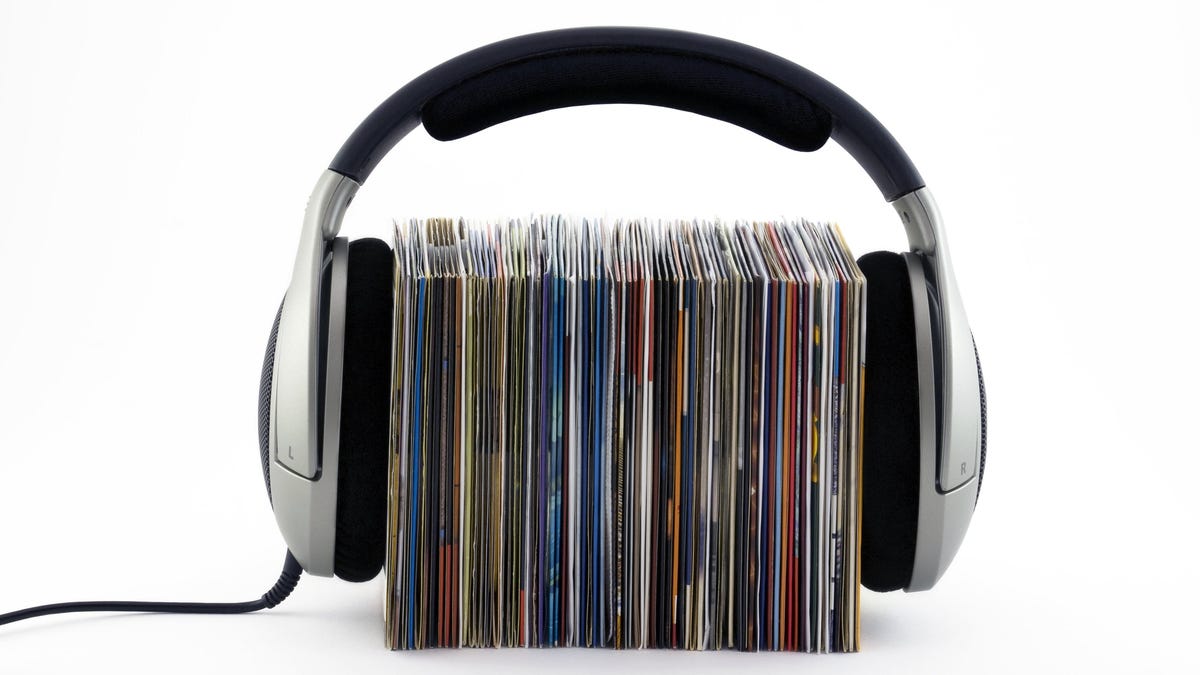"Muso, a research firm that studies piracy, concluded that the high prices of streaming services like Spotify and Apple Music are pushing people back towards illegal downloads. Spotify raised its prices by one dollar last year to $10.99 a month, the same price as Apple Music. Instead of coughing up $132 a year, more consumers are using websites that rip audio straight out of YouTube videos, and convert them into downloadable MP3 or .wav files.
Roughly 40% of the music piracy Muso tracked was from these “YouTube-to-MP3” sites. The original YouTube-to-MP3 site died from a record label lawsuit, but other copycats do the same thing. A simple Google search yields dozens of blue links to these sites, and they’re, by far, the largest form of audio piracy on the internet."
The problem isn’t price. People just don’t want to pay for a bad experience. What Apple Music and Spotify have in common is that their software is bloated with useless shit and endlessly annoying user-hostile design. Plus Steve Jobs himself said it back in 2007: “people want to own their music.” Having it, organizing it, curating it is half the fun. Not fun is pressing play one day and finding a big chunk of your carefully constructed playlist is “no longer in your library.” Screw that.



It’s an outlook developed by watching the peers I grew up around and the things that they accepted and didn’t question because it was just “normal” by the time they were children.
For example, a lot of kids in my generation grew up with Cable Television, but by the time I was a kid, cable had lost it’s initial “we’re better than broadcast because we don’t have ads” and people just accepted the ads. Most people never knew there was a “time before” when there weren’t any ads, and because of their lack of knowledge of it ever being any different, they never had reason to question why cable television needed ads now when previously it had not.
Once things become a societal “norm,” the people who grow up around that norm tend not to question it simply because they have never known anything else. It’s not meant to be an indictment on the youth as much as the obvious “you can’t know what you don’t know.” If they don’t ever know it was ever any different, how can they expected to do anything but accept how things are? Especially when the adults around them don’t kick up a fuss and keep paying for Netflix when they keep getting screwed. They are learning that this is normal behavior and that it’s normal to get screwed by a company and just keep paying for it.
Wait, did the pitch for cable TV at one point really include that there were no ads?
Yes, it could be argued it was the pitch, much like Netflix originally was. It’s actually kind of wild how the streaming services are literally following the same path as cable television.
Here’s a New York Times article from 1981 about it:
https://www.nytimes.com/1981/07/26/arts/will-cable-tv-be-invaded-by-commercials.html
Also, I’ll just point out that people in here not knowing about this literally proves my point that if the changeover happened before you were born/early in your childhood, you’ll just accept the change as “the norm” because you never knew anything different and had no reasons to question it. It’s not about the intelligence of any generation of kids, it’s just an inherent part of not knowing what happened before you were born, which is something every human experiences. It takes dedicated effort to find out that “the norm” isn’t “the norm,” for anyone. Also, on the flip, we’re not particularly special for figuring out “the norm” isn’t “the norm.”
Wow, I had no idea. I didn’t even really know that cable was at one time the fancy premium version of TV.
One thing I think we can say though is that a big part of why Netflix was disruptive was the promise of watching uninterrupted-- No ads. So even though folks thought “of course cable has ads, that’s the norm,” they also flocked to services that provided ad-free alternatives.
I’m always surprised when I see someone just sit through a YouTube ad or something, instead of beating their chest and screaming “WHERE uBLOCK? HOW ADS?” which alarms the neighbors but they’re used to it at this point (which is what I do)… But it’s encouraging that people still voted with their feet by dropping cable as soon as a less extractive experience emerged. It gives me hope that the endgame of enshittification is irrelevance.
Have you ever seen cable TV abbreviated “CATV?” That’s because the original original pitch for it was as “Community Antenna TV,” wherein it would receive local over-the-air broadcasts and then send them over a wire to folks who couldn’t receive them properly because they lived behind a mountain or whatever.
The second pitch was getting original content on cable-only channels, but because your subscription was helping pay to license it (unlike the over-the-air channels, which they – at least initially – got for free), they would be ad-free.
Of course, nowadays cable companies have been made to pay retransmission fees to broadcast TV networks and cable-only channels are showing ads too, so both content sources are double-dipping revenue streams.
(Side note: that link is to a site trying to sell some kind of service, so ignore the last part of the page – the explanations at the beginning of it are quite good, though.)
Wow TIL. The double-dipping is pretty sketchy, but not at all surprising. It seems hubristic for Netflix to court the same concepts… I guess cable/network TV probably thought they were untouchable so they could squeeze the consumer, then Netflix happens… Now Netflix thinks it’s untouchable and it can squeeze the consumer. Hmm, seems familiar.